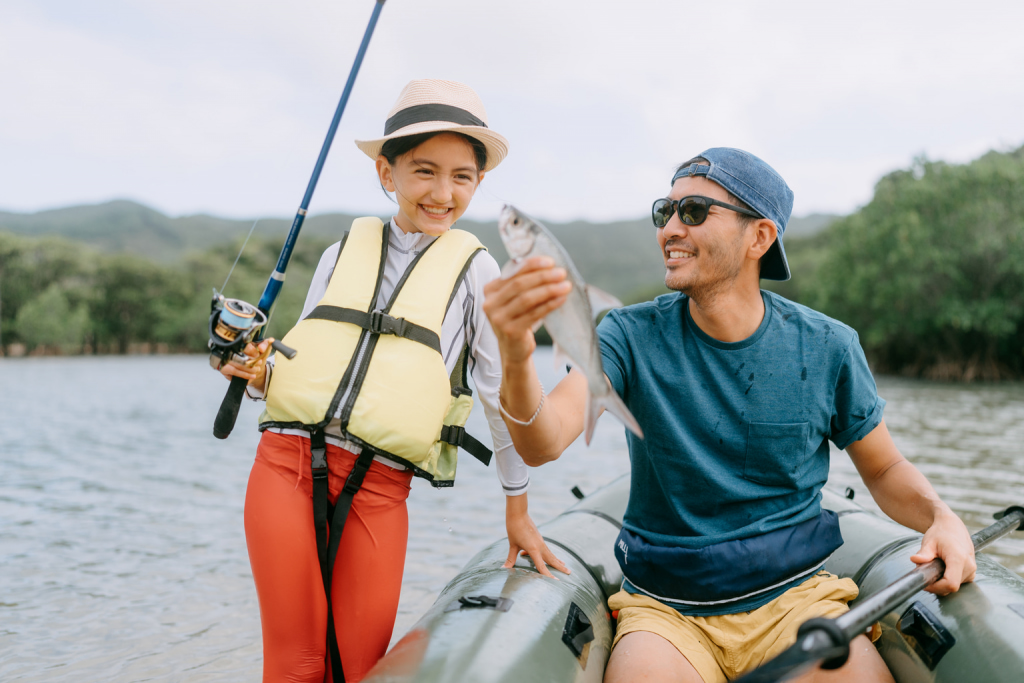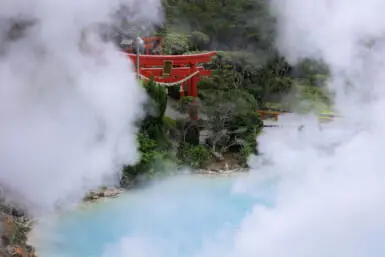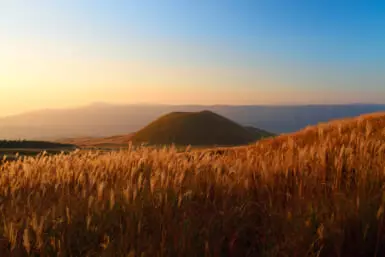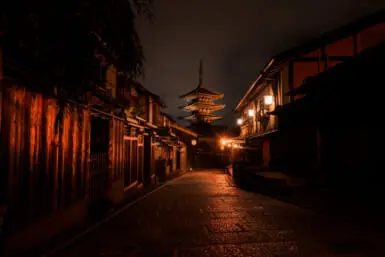Pick up any travel guide and you will see that there are plenty of things to do on Ishigaki, but here’s a helping hand to make your visit even more special.
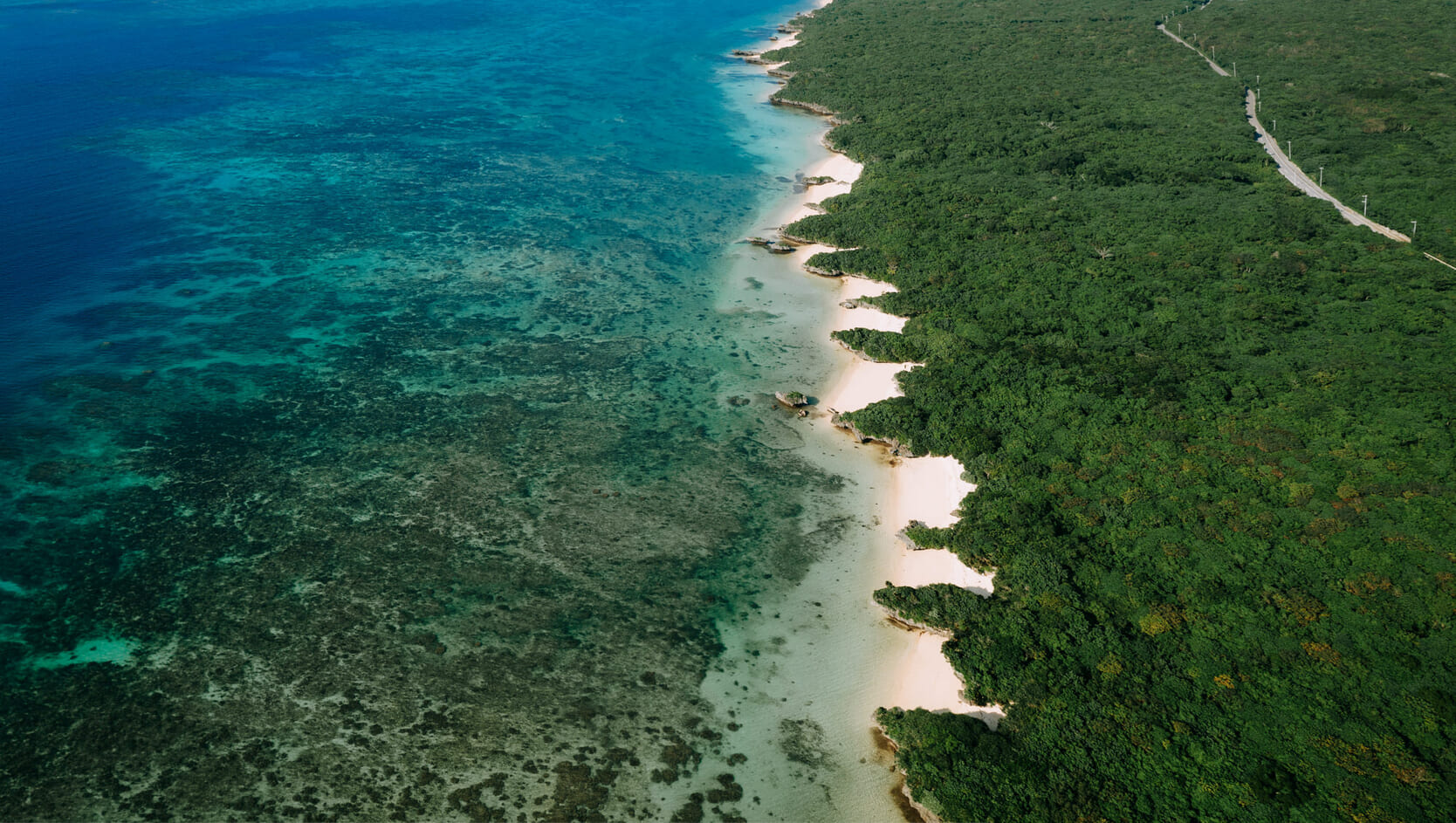
1. Find a Secluded Beach
This is one of our favorite island activities. Ishigaki has more than 50 nameless cove beaches that are usually deserted, even during peak seasons. Some of them are easily accessible from the roadside. To get to more remote beaches that don’t have footpaths leading to them, you’ll need to go via the sea route. Kayaks, packrafts and SUP boards are all excellent for this purpose. We use packrafts by Alpacka Raft, which we are able to bring by checking it in on our flight. One of our favorite beaches is Ura-Kabira Bay. Here, you can walk to the adjoining islands at low tide and even find wild coconuts growing on the trees in the nearby forest. Use Google Satellite to find your own secluded beach — just make sure to keep an eye on the wind directions throughout the day.
2. Snorkel or Scuba Dive from a Boat
Spend a half or whole day snorkeling the northern coast of Ishigaki for pristine coral reefs, which are vibrant and healthy, despite the continuing threats of climate change. Sekisei Lagoon, located to the southwest of Ishigaki, offers beautiful white sand cays. Some coral areas of the lagoon are lush and diverse, while other areas are still recovering from the damage caused by El Niño in 2015 and 2016. Another great snorkeling point is Shiraho Reef, on Ishigaki’s southeast side. This reef is internationally acknowledged as the world’s largest colony of blue coral, and Shiraho Reef alone hosts over 130 coral species (out of over 360 coral species seen around the Yaeyama Islands), according to the WWF’s Shiraho Coral Reef Conservation Centre. Ishigaki boasts a high chance of encountering giant manta rays while scuba diving at a point called Kabira Ishizaki Manta Scramble, which makes a great spot for an unforgettable ocean encounter.

3. Snorkel Straight Off the Beach
For family-friendly snorkeling adventures, we recommend dipping into the water of Yonehara Beach, especially at the southern end of the beach. Even though Yonehara Beach is a touristy spot, the quality of the coral and surrounding sea life will not disappoint experienced snorkeling aficionados. Crystal Beach on Ishigaki’s west coast is a picturesque beach surrounded by mountains, with a freshwater stream flowing into the ocean. It is accessible from a side road and requires a short hike to get there. Although the water is shallow close to the beach, this spot is more for experienced snorkelers as the currents can be quite strong depending on the sea conditions. Akaishi Beach in the north has beautiful blue coral by the water’s edge and there are usually no other people around. The road to Akaishi Beach is closed off by a gate, this is to keep the cows inside the paddock. Visitors can open the gate and enter by car — just make sure to close the gate behind you. Note that with any off-the-beach snorkeling over fringing coral reefs, it’s important to snorkel during high tide to prevent breaking the delicate coral with your fins, or stepping on it accidentally.
4. Dig for Clams
The most important tip is to check the tides. If your visit coincides with a low tide during the day around the time of a full moon, then off-the-beach snorkeling is off the table as the water level will be extremely low. This is bad if you have plans to go snorkeling. However, these conditions are ideal for activities like clam digging. Although it’s quite a workout, it is a great activity for families with small children. At low tide we recommend digging for clams at the sea entrance to Nagura Anparu mangrove forest on the southwest side of Ishigaki. The clams are great for soup or stir frying with vegetables. For those who are not renting a house with a kitchen of your own, some accommodation facilities will cook them for you.
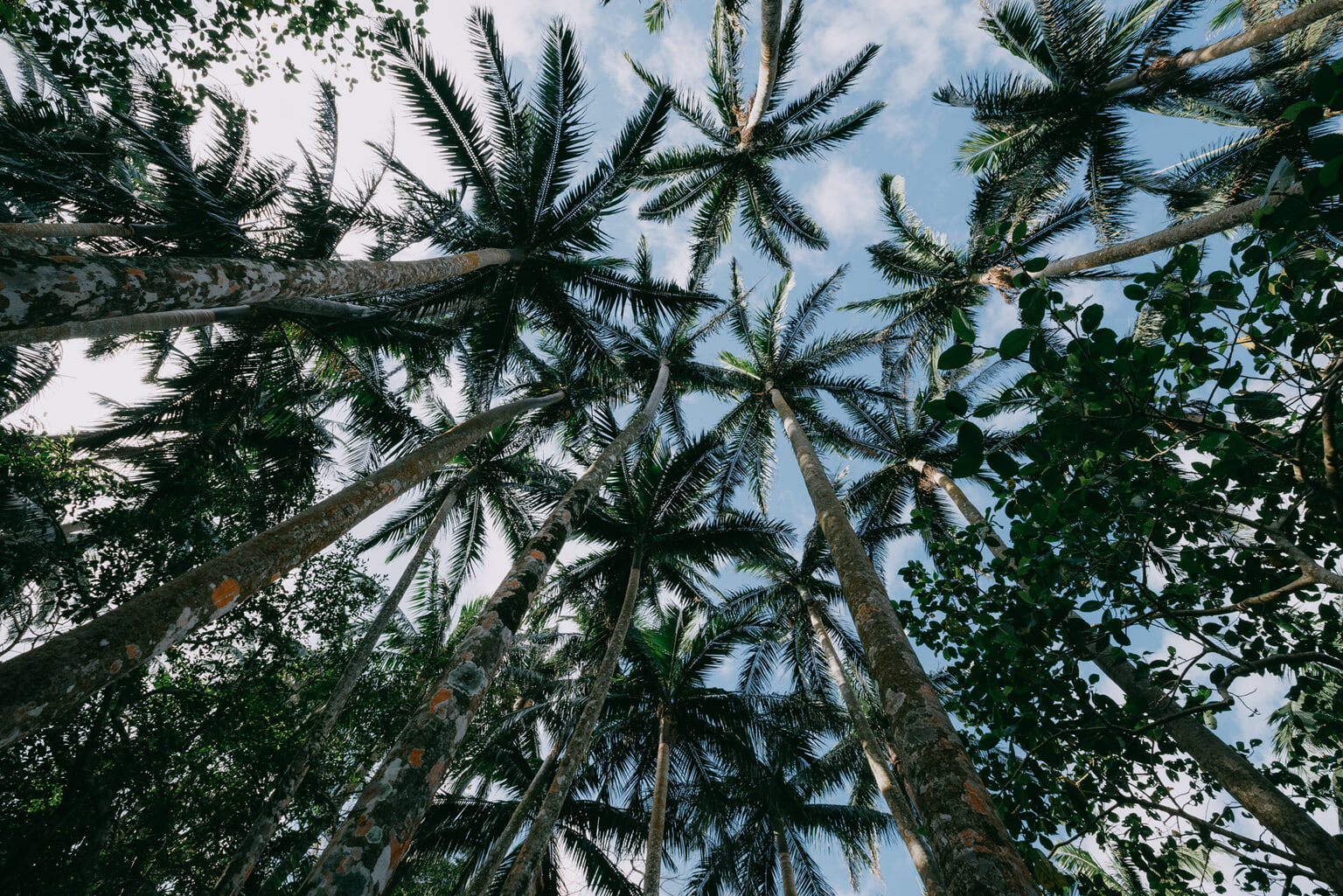
5. Visit Yaeyama Palm Tree Grove
Yaeyama palm trees (also known as satake palms) are endemic to Iriomote and Ishigaki islands. They are tall and stately palms that have been introduced to Hawaii and Southern Florida. The woods are protected so you can only enter a small part of the forest, but the boardwalk area gives a surprisingly immersive feel of this special place. There is a juice bar next to the parking area where you can enjoy local tropical fruit juices such as mango, dragon fruit, passionfruit, shikwasa (Okinawan lime) and more, mixed with freshly squeezed, single-pressed sugarcane juice. Satake Palm Memorial Museum is just a five-minute walk from the juice bar. The rooftop of the museum allows you to enjoy a panoramic view of these Yaeyama palm trees and the outer reef of Yonehara.
6. Get Your Own Catch of the Day
Something we particularly love doing on cloudy days is fishing. We bring our own rod and lures and can throw a line in at any time, including from our packraft while paddling through mangrove-lined rivers. With our out-of-control casting eight-year-old daughter, we find that popper lures are best as they float on the water surface and don’t get caught in coral or mangrove roots. With some exceptions, fish from these warm waters are not ideal for eating, but it’s a fun family bonding activity. We always release the small ones so they have a chance to grow — so we can catch them next time.
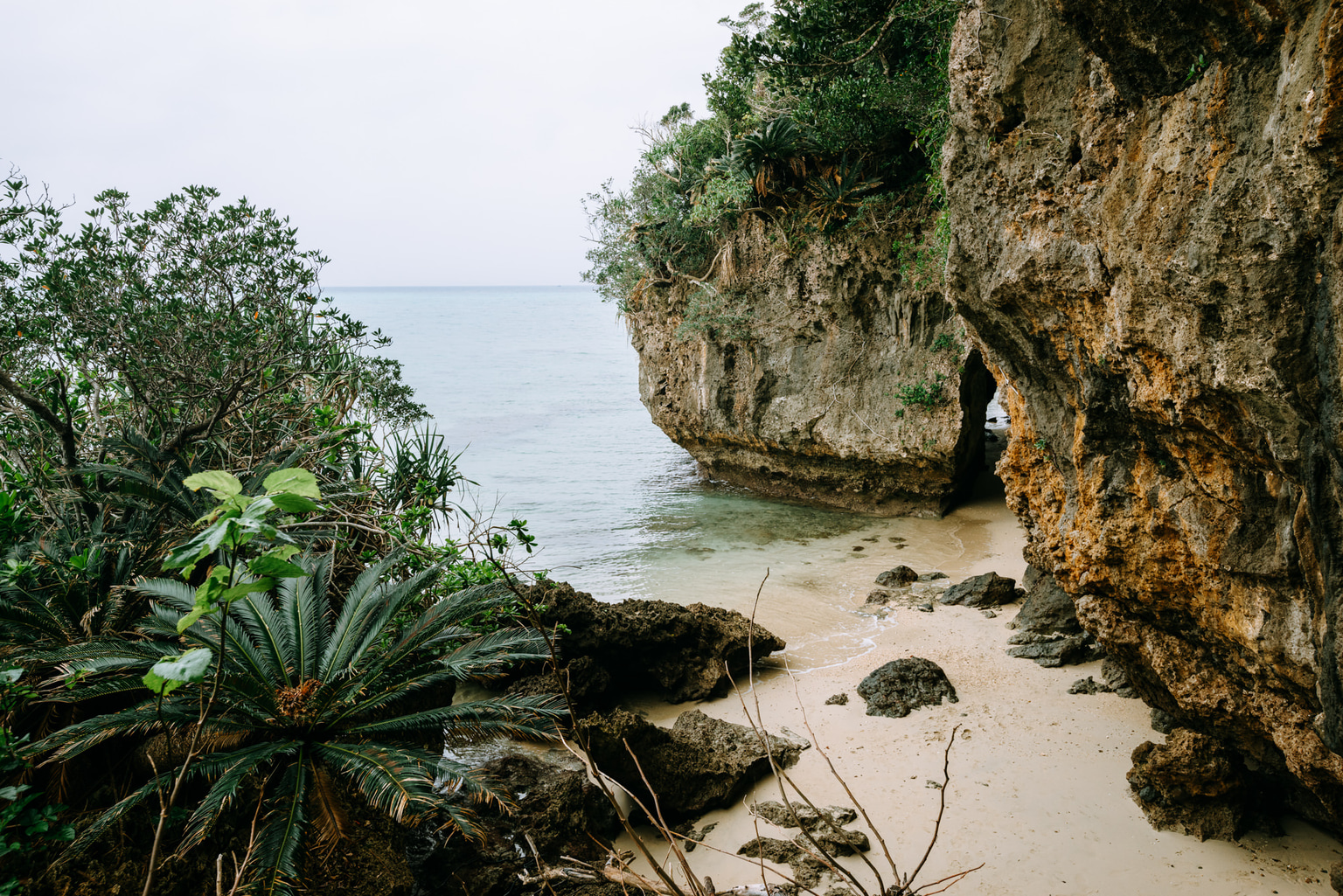
7. Explore Ibaruma Sabichi Cave
If you’re stuck with rain, we recommend a visit to Ibaruma Sabichi Cave on Ishigaki’s north side. This cave is connected to some secluded beaches, which are also great places to explore in less inclement weather. There are several cave systems all over Ishigaki, however we prefer Ibaruma Sabichi Cave’s natural setting over the artificial LED-lit caves closer to the port.
8. Kayak Through Mangroves
If you have no plans to visit Iriomote Island but still want to experience the jungle by kayak, check out Fukido River. For those without their own packrafts or inflatable kayaks, guided kayak tours of the mangroves are excellent options for families. Ishigaki has several mangrove rivers to explore for those who have their own packrafts.

9. Set out on a Stream Trekking Adventure
Stream trekking — also known as river tracing, mountain stream climbing and river climbing — is a popular pastime across Japan. It has similarities to canyoning as you navigate your way up the stream through a combination of hiking, climbing and occasionally, swimming. We recommend hiking up to the upper waterfall of Arakawa Falls for an Ishigaki-style jungle exploration. As you make your way up this rugged river, it gradually becomes enclosed by a canopy of tree ferns. It takes about 45 minutes to get to the upper waterfall. Stream trekking shoes (felt-sole wading boots) are highly recommended since you need to clamber over slippery mossy boulders. It is also a very good stream to catch delicious and sizable freshwater prawns all year round.
10. Hop Over to Neighboring Isles
Ishigaki is a great base for daytrip island-hopping. The easiest island to visit is Taketomi, as it’s a short 15-minute ferry ride away and you can get around the whole place by bicycle. Taketomi Island’s living heritage is a fascinating glimpse into traditional island customs. This coral-fenced village is kept alive not only by the daily buzz of day-tripping tourists, but by the proud and resilient attitude of its residents. Taketomi is best when it’s sunny (some other islands have jungles, which are perfect for cloudy days), so check the weather before heading out. Kondoi Beach at high tide is paradise — make sure you don’t miss it.
Photos by Ippei and Janine Naoi.
Discover more of Ippei and Janine’s island guides on their website and Instagram account. You can also find their portrait photography portfolio here.
Can’t get enough of Okinawa? Check out these destinations:
The People of Okinawa: Meet Three Creative Locals
5 Adventure Activities in Okinawa (That Aren’t Snorkeling or Diving)

